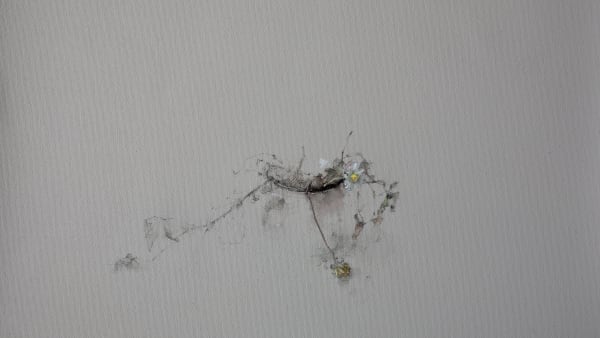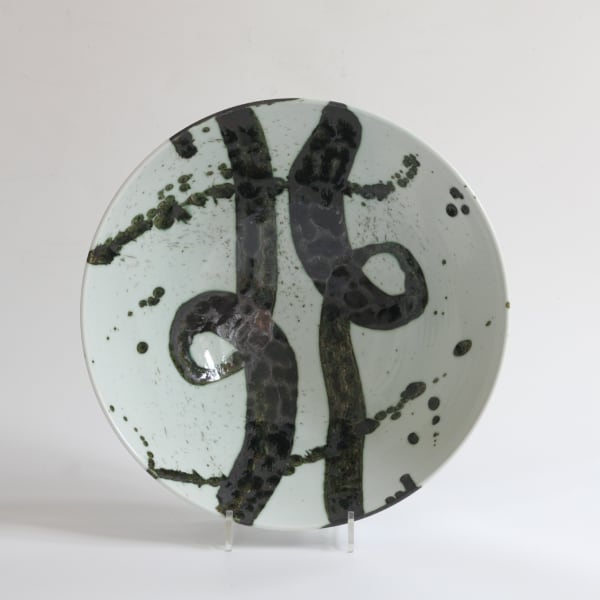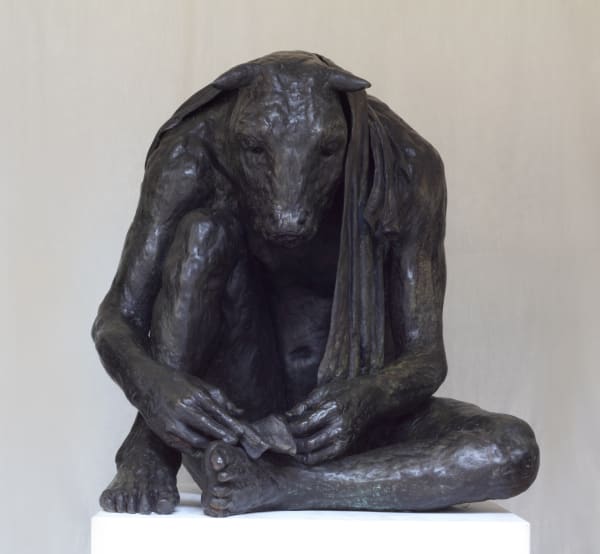-

June begins, crowds flock to Bath…
4 June 2024 June 19, 2024 Summer in Bath. The streets are busy with passers-by puzzling at the changeable weather. The skirl of the seagulls drops... Read more -

New Anna Gillespie Sculpture Exhibition
11 May 2024 June 19, 2024 As Bath swelters all of a sudden, the great news is we can go immediately into lamentations about the excessive... Read more -

New Ceramics by Katharina Klug
21 May 2024 June 19, 2024 KATHARINA KLUG New Ceramics 18 May to 22 June Many thanks to all those who came to a busy private... Read more -

Summer breaks out briefly in Wiltshire
10 June 2024 June 19, 2024 Summer breaks out briefly in Wiltshire Once again today summer flatters to deceive, bright sunny spells of piercing summer light... Read more
-
Not Glastonbury
27 June 2025 June 27, 2025 Currently showing: New Ceramic Sculptures by Nicholas Lees, New work for the summer by selected artists including Jo Barrett, Alex... Read more -

The odd unevenness, Perseid meteors and Blessing the Boats
15 August 2024 August 16, 2024 It is in every sense what Sylvia Plath called 'The odd uneven time' 'August rain: the best of the summer... Read more -

A new website for Beaux Arts Bath. Proper heat. Graduating the school of Life
18 July 2024 August 2, 2024 Summer has been saving all its sun and is now letting us have it all in one go. Today is... Read more
-

Reopening, Blackbirds, Nathan Ford.
16 April 2021 August 2, 2024 Bath is more full of people than it has been for many a long day, the sun is out, the... Read more -

The death of the albatross and the hedgehog. Bath sizzles.
2 Augut 2022 August 2, 2024 The Sun now rose upon the right: Out of the sea came he, Still hid in mist, and on the... Read more -

The Unbearable Hotness of Being. Shetland. Iceland. The Bleb of the Icicle.
1 August 2024 August 2, 2024 What a scorcher. The sun is out and we have passed the 'mustn't grumble' threshold, the point beyond which it... Read more
-

July in Bath. Ice cream, mountainsides and Minotaur
3 July 2024 August 1, 2024 Though most of the gallery passers-by are toting freshly coned ice-creams (chocolate chip seems to be popular), jackets and gilets... Read more -

Never mind the football, come see our exhibition!
27 June 2024 August 1, 2024 SUMMER EXHIBITION New Paintings and sculptures Opening Saturday 29 June 10-5 Jo Barrett Pear and Comfit Bowl Oil on Canvas... Read more -

New Pots, Sunshine, Shade, Sport
11 July 2024 August 1, 2024 A beautiful day after another wet week while Bath basks in all the sports-based excitement- yes, in case you missed... Read more
-

Lighter days on the way...
January 26, 2024 It is still and calm this afternoon in Bath following some high energy weather this past week. Those of an... Read more -

Season's Greetings
December 23, 2023 When it comes to poetry from the sodden North, of soft days and spagnum moss, no better man… Anahorish by... Read more













